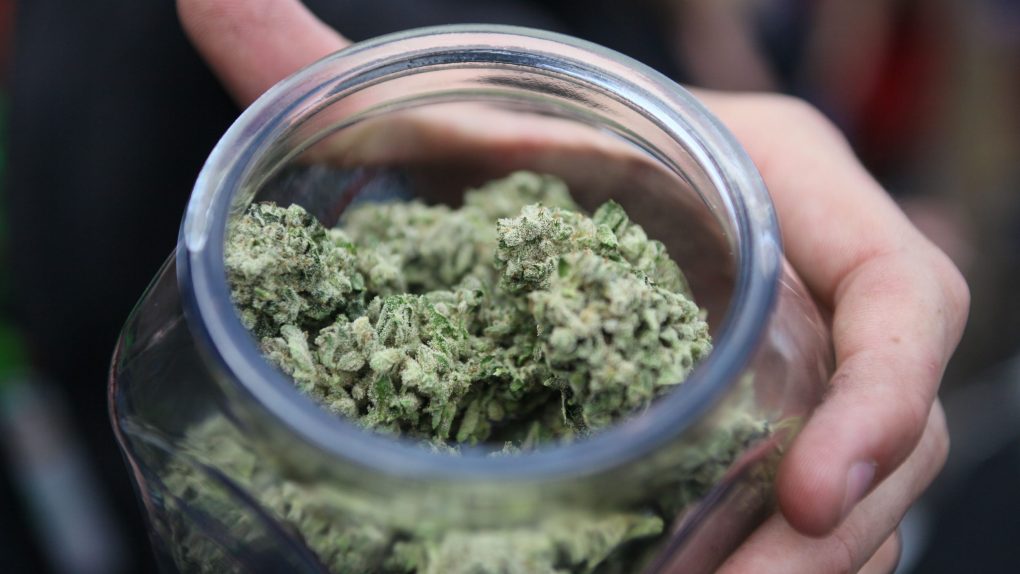Marijuana proponents have to be pretty happy about the number of U.S. states that have opted for legalization in recent years. Today, weed is legal (for recreational use, medicinal, use, or both) in more states than ever, and possession of pot and related products is well on its way to being universally decriminalized sooner rather than later.
It’s great news (if you’re into it), but some pot farmers are doing a serious disservice to the rest of the pot-loving populous by invading public land and planting weed farms that are still very much illegal. Making matters worse, the unsanctioned pot farms are leading to the destruction of forested areas where many species once thrived.
In a new report by the Associated Press, the environmental impacts of this illegal pot farming trend are laid bare. Despite a thriving legal market for cannabis products, black market marijuana is still a booming business, and pot farmers have taken to public land to skirt legal blowback and avoid being busted.
The problem with this is that by the time the U.S. Forest Service hunts down these illegal grow operations, the damage to the environment is already severe. Law enforcement has found huge areas of public forest cut down to nothing and replaced by plastic piping and marijuana plants. On top of that, illegal farmers are treating their crops with chemicals and fertilizers that can be devastating to wildlife.
The farmers that set up these illegal grow ops often divert natural water flow to their farms, affecting areas downstream. Chemicals used to keep the pot plants healthy contaminate the soil and rain run-off spreads it to the surrounding forest. To kill off rodents, farmers have used banned chemicals that can rapidly kill any animal that comes across it. In a protected forest, there’s no shortage of wildlife that may unwittingly wander onto a hidden farm and perish as a result.
Many of these farms have been found in California which, despite having a framework for legalized marijuana in place, remains a hotspot of illegal farming operations. Forestry officials continue to hunt down the grow ops using a variety of means, including airborne observation methods to spot farms in areas where they shouldn’t exist.







